After over a decade in SaaS marketing, I've had a front-row seat to witnessing what works and what fails for software companies trying to cut through the noise. I've led strategy for $100 million+ funded unicorns and lean startups alike. I've made every marketing mistake possible earlier in my career while building MVPs and growth hacking unknown brands.
Now running a leading SaaS marketing agency, I tap into those lessons learned to ensure our clients avoid common pitfalls. We help shape strategy and execute proven campaigns tailored to each brand's unique situation across the key drivers of efficient growth.
In this post, I'll distill some repeatable frameworks we leverage and insider tips on SaaS marketing best practices. Consider it a playbook of things I wish I had known years ago. Hopefully, it jumpstarts your thinking on areas you may currently overlook or under-resource. Let's dive in!

Researching Your Market Landscape
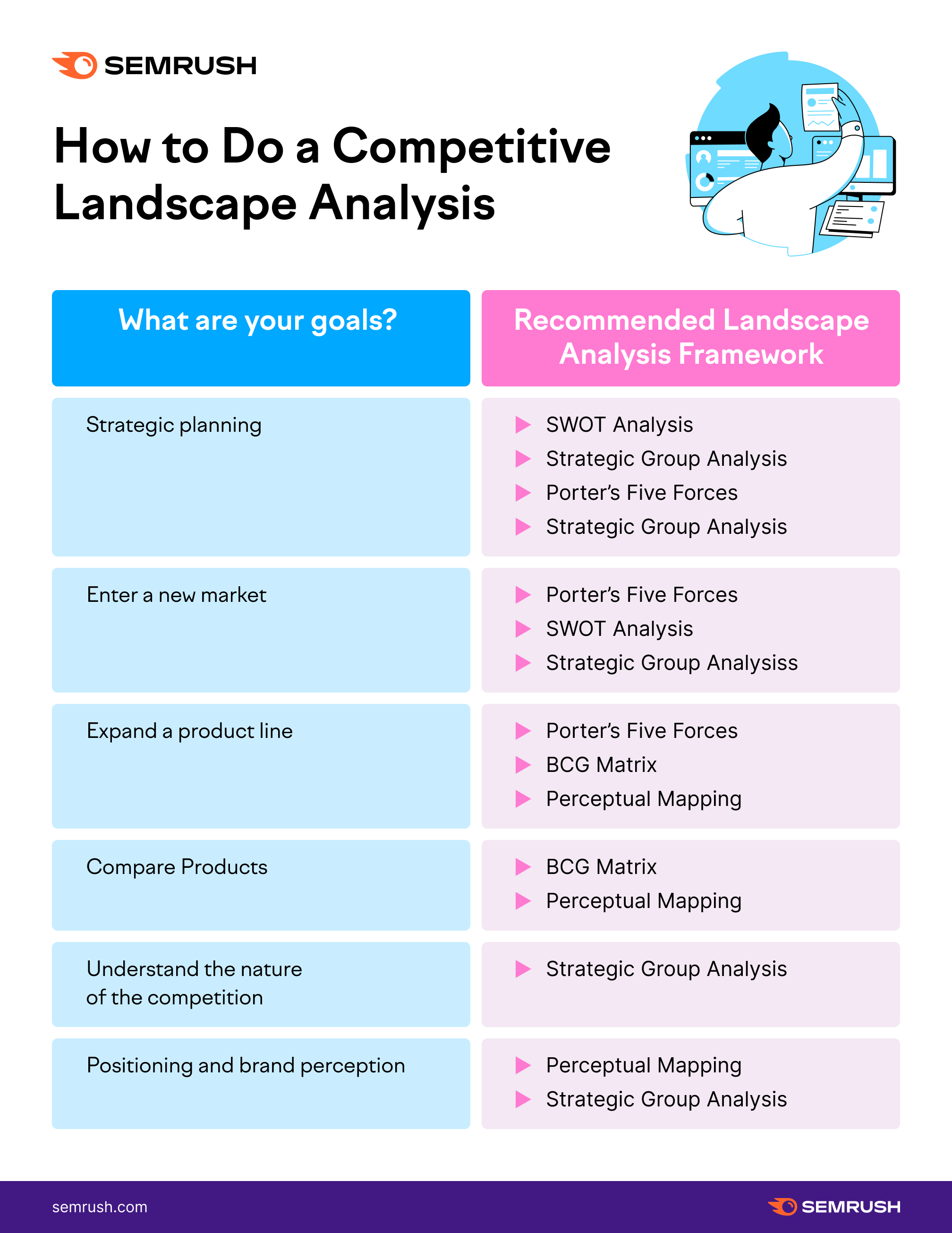
Before determining positioning and messaging, you need to intensely research your market landscape. Failing to genuinely understand buyer personas, competing products, pricing models, and market trends will lead to wasted marketing dollars.
Conduct buyer persona interviews to understand pain points and user workflows. Subscribe to industry research reports from firms like Gartner to analyze the competitive landscape. Use Google Trends and keyword tools to analyze search volume and seasonality of key terms. Monitor community forums and review sites to gather buyer feedback and concerns about alternatives.
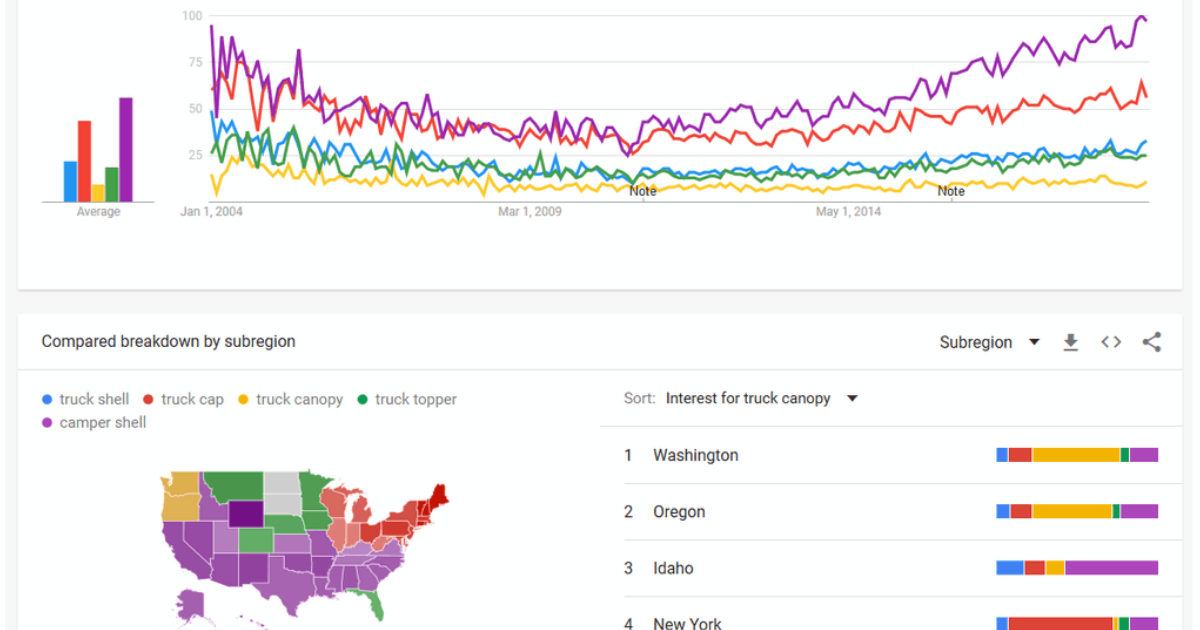
This upfront research should inform your messaging, pricing, feature roadmap, and content strategy. For example, one client discovered through forums that ease of implementation was a bigger driver of vendor selection than previously thought. They reallocated engineering resources to improve onboarding and highlighted ease of use case studies in sales collateral.
Tips for effective market research:
- Interview at least 15 target customers to build detailed buyer personas
- Regularly monitor community forums and reviews for market trends and competitor analysis
- Subscribe to industry research reports to benchmark feature set and pricing
- Analyze Google Trends data to identify seasonality and spikes for keywords
Robust market intelligence gathering is a continual process, not a one-off project. Dedicate resources to stay on the pulse of market shifts and buyer sentiment.
Crafting Your Value Proposition
In a crowded market, you need to stand out. An effective value proposition expresses why a specific buyer persona should purchase from you over alternatives. It taps into their pain points and focuses on your unique strengths.
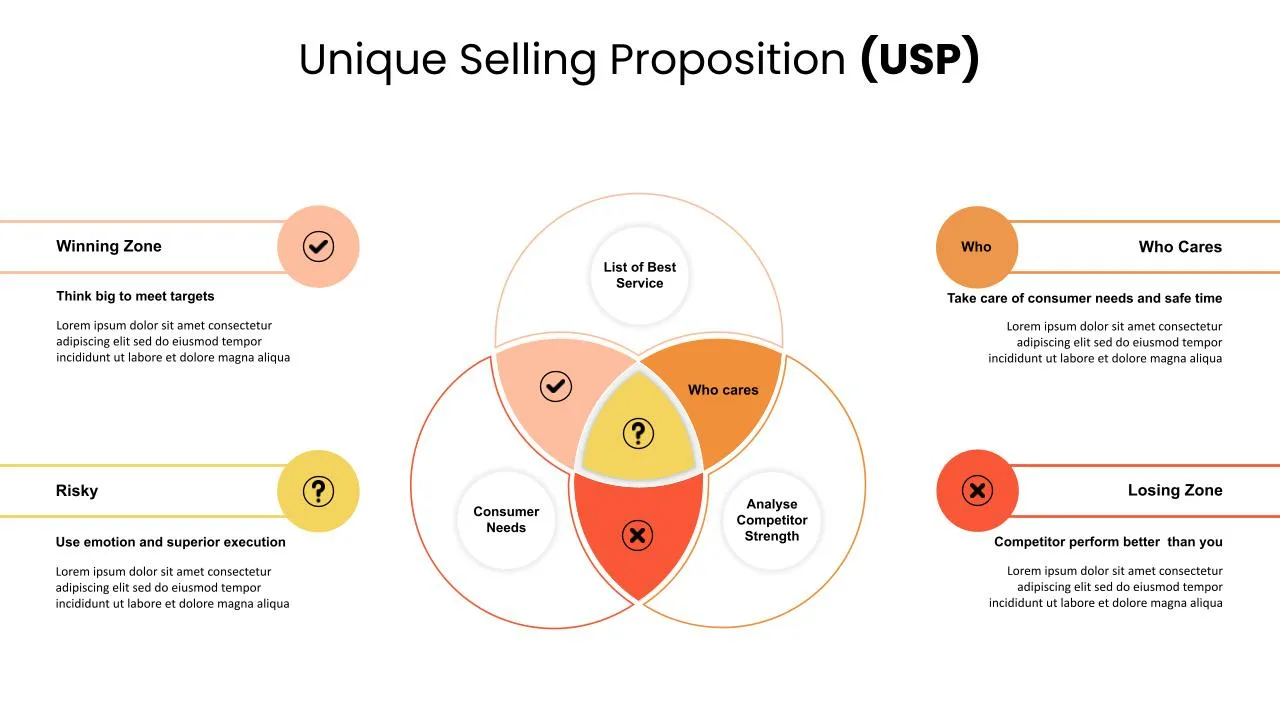
Avoid generic claims like “award-winning solution” or “industry-leading innovation”. Instead, be specific on where you excel compared to other options. For example, if you offer the widest selection of integrations, but competitors have superior onboarding, highlight the integrations in messaging to technical buyers.
Back up claims with concrete proof points like customer stats or product capabilities. For example, instead of a vague "easy to use" claim, say "configured in under 5 minutes with our one-click setup". Test messaging with target buyers to ensure claims resonate.
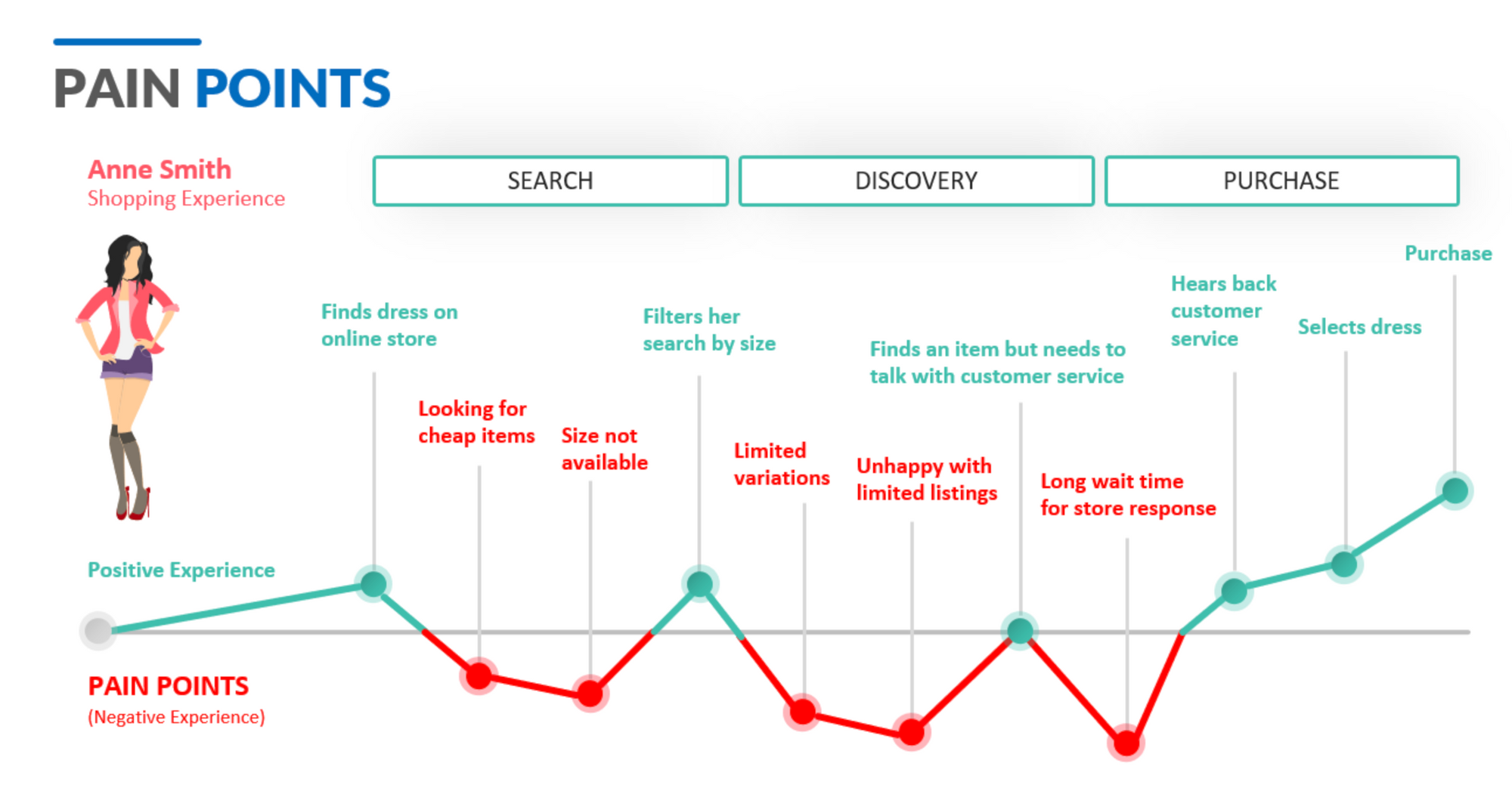
At our agency, we constantly A/B test alternate value propositions for each persona across the buyer journey. Often what works for driving free trial signups differs from closure messaging.
Tips for crafting value prop:
- Avoid generic claims - be specific to your strengths
- Align to buyer persona pain points - highlight how you address their needs
- Back up with quantitative proof - showcase numeric stats
- Test across funnel stages - messaging differs for trials vs sales
- Iteratively improve over time - regularly test alternate positioning
An effective value proposition evolves based on market feedback and relative feature gaps to competitors. Revisit messaging every quarter to ensure you resonate with current buyer needs.
Structuring Your Website and Content Strategy
Your website is the backbone of any SaaS marketing strategy. It establishes credibility, converts visitors into leads, and moves prospects through the funnel.

To attract visitors, focus on topics target personas care about. Write blog posts, guides, and tools that offer unique insights or solve point problems. Optimize pages for SEO, including meta descriptions and strategic internal linking.
Convert more visitors into leads with gated offers like downloads, quizzes, or free trial signups. Place testimonials and social proof elements such as logos throughout the site to establish authority. Use clear CTAs that match visitor intent - asking for a demo when someone wants a price quote leads to lower conversion.
Guide buyers down the funnel with tailored content for each stage. Top-funnel visitors want educational resources to assess solutions. Further down, they seek more product-specific materials like demo videos. Create nurture streams with emails focused on their current stage.
Continually test new page layouts, content offers, and call-to-action language. Pay attention to bounce rates by page as high exits may indicate poor quality or irrelevant content. Monitor visitor scrolling and clicks to improve engagement.
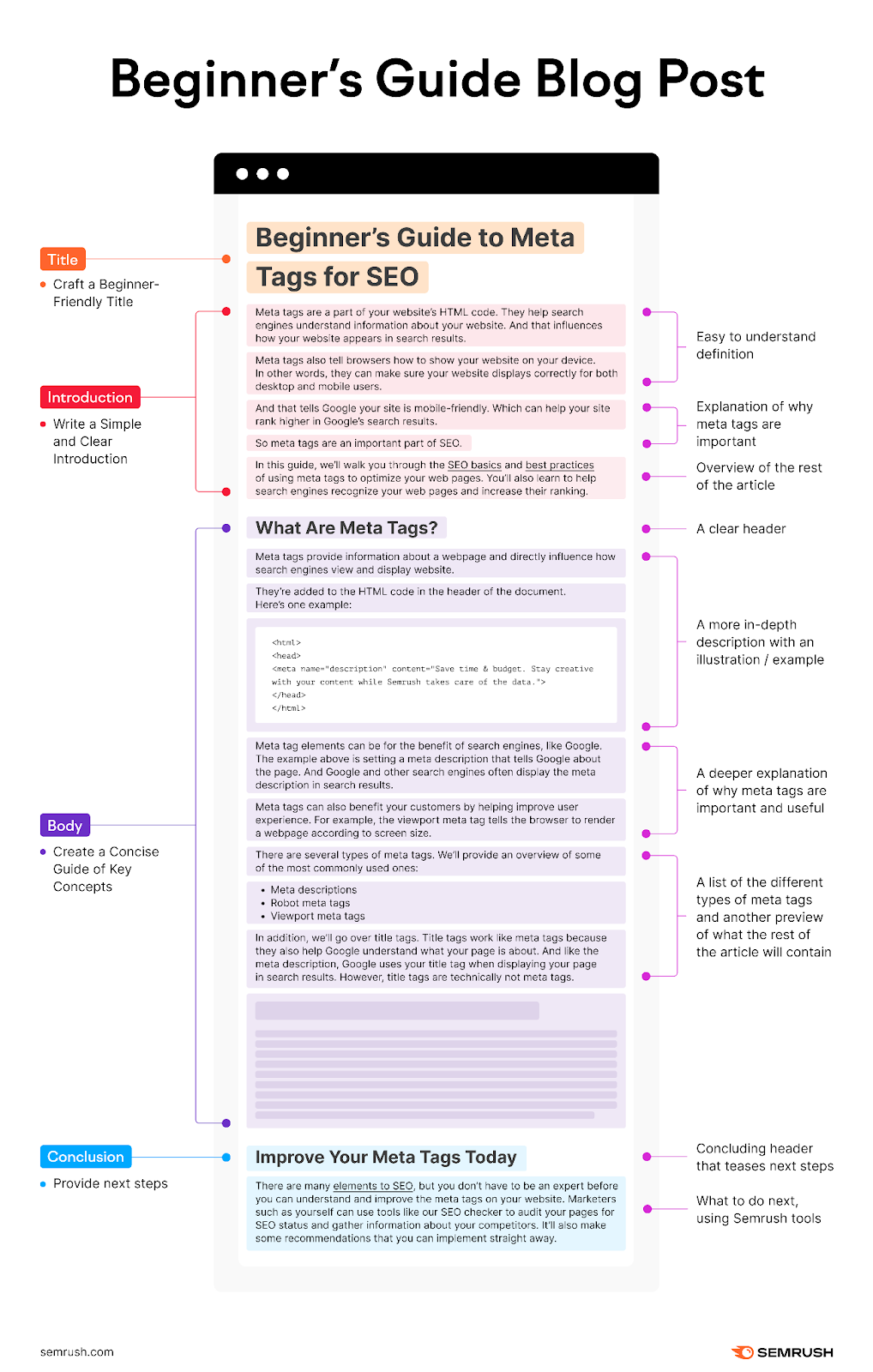
Tips for optimizing your website:
- Create targeted content for each buyer persona
- Focus pages on semantic keywords to drive organic traffic
- Use gated offers like checklists to convert visitors into leads
- Guide visitors across stages with tailored content by funnel stage
- Obsess over metrics like scroll depth and click-through-rate
Having an intuitive website tailored to each persona drives greater lead generation and exploration of your product. Walk through your site as four separate personas to ensure each receives a tailored experience.
Mapping The Buyer's Journey
While your website establishes initial interest, most SaaS purchasers go through a lengthy vetting process across multiple touchpoints before committing. You need to engage across channels to remain top-of-mind.
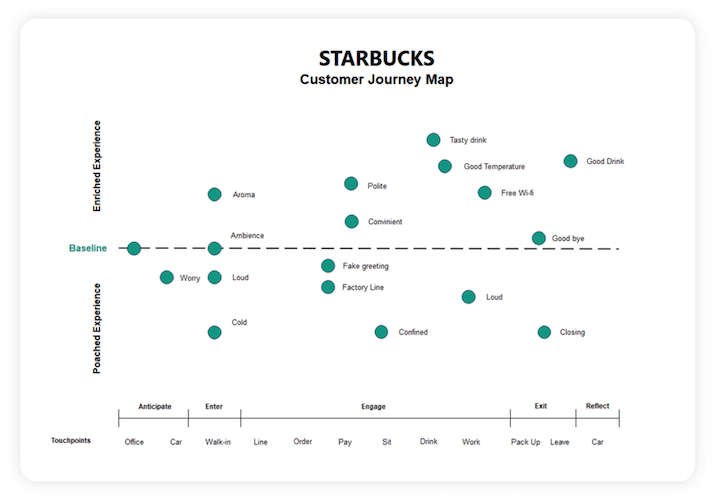
Start by mapping exercises for each persona - what activities do they conduct over what timeframe before purchasing or renewing? Where do they gather information and consult peers?
Then intersect your messages across their journey. If CEOs check analyst reports a week into vetting, secure mentions in Gartner and Forrester benchmarks. If engineers value Reddit opinions over executives, ensure your product team engages in relevant forums.
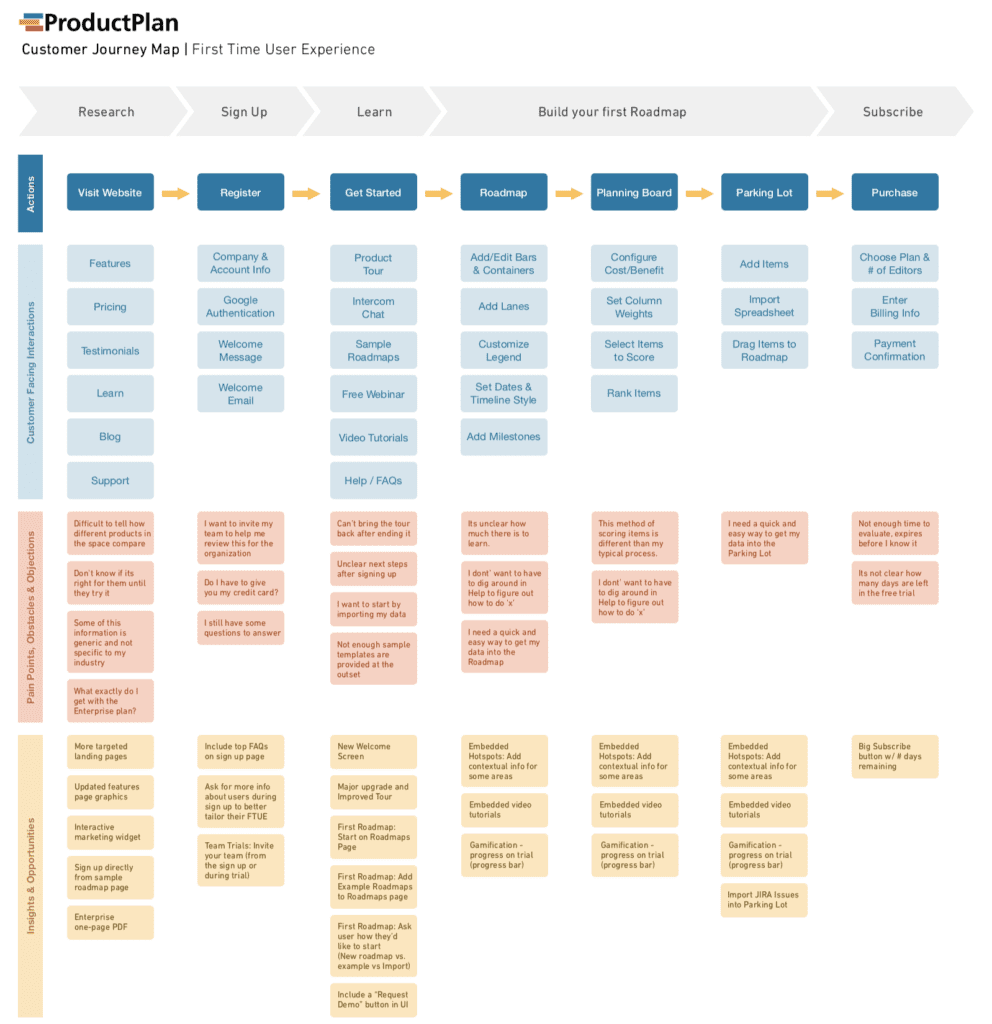
Finally, nurture prospects over time via emails and retargeting. For example, if purchasers spend three months reviewing, don't go silent before closing. Continue providing useful content that builds confidence in your solution. Stay visible through comments on their LinkedIn and Twitter posts.
Tracking the entire journey rather than just website views dramatically expands your reach. View your addressable market as anyone participating in key channels for your buyer profiles.
Tips for buyer journey mapping:
- Profile what activities prospects conduct across the buyer journey
- Identify moments that influence decisions like analyst reports
- Engage prospects beyond just email such as forums, events, and social media
- Establish consistent touchpoints over months via always-on content
- Look beyond your website visitors to reach new audiences
You have more opportunity than you think to engage potential buyers. Develop an omnichannel approach spanning the entire buyer journey lifecycle.
Optimizing Your Free Trial and Onboarding Experience
Free trials convert interested prospects into experienced users of your platform. This hands-on engagement increases the likelihood of conversion and loyalty.

First, ensure signing up is quick and frictionless with minimal fields. Ask only for essential info to begin the trial, such as name, email, and possibly company name. Additional profiling can occur later in the funnel.
Present clear value propositions tailored to what each persona wants to achieve from the trial. For broad platforms, create guided flows for the top use cases. Recommend specific features based on their firm size or role when possible.
Set up success plans helping prospects fully leverage the trial period. Send a preset cadence of emails guiding them to key functionality based on weeks into the trial. Target 80%+ engagement with your messages viewed. Assign account managers to nudge along high-value accounts.
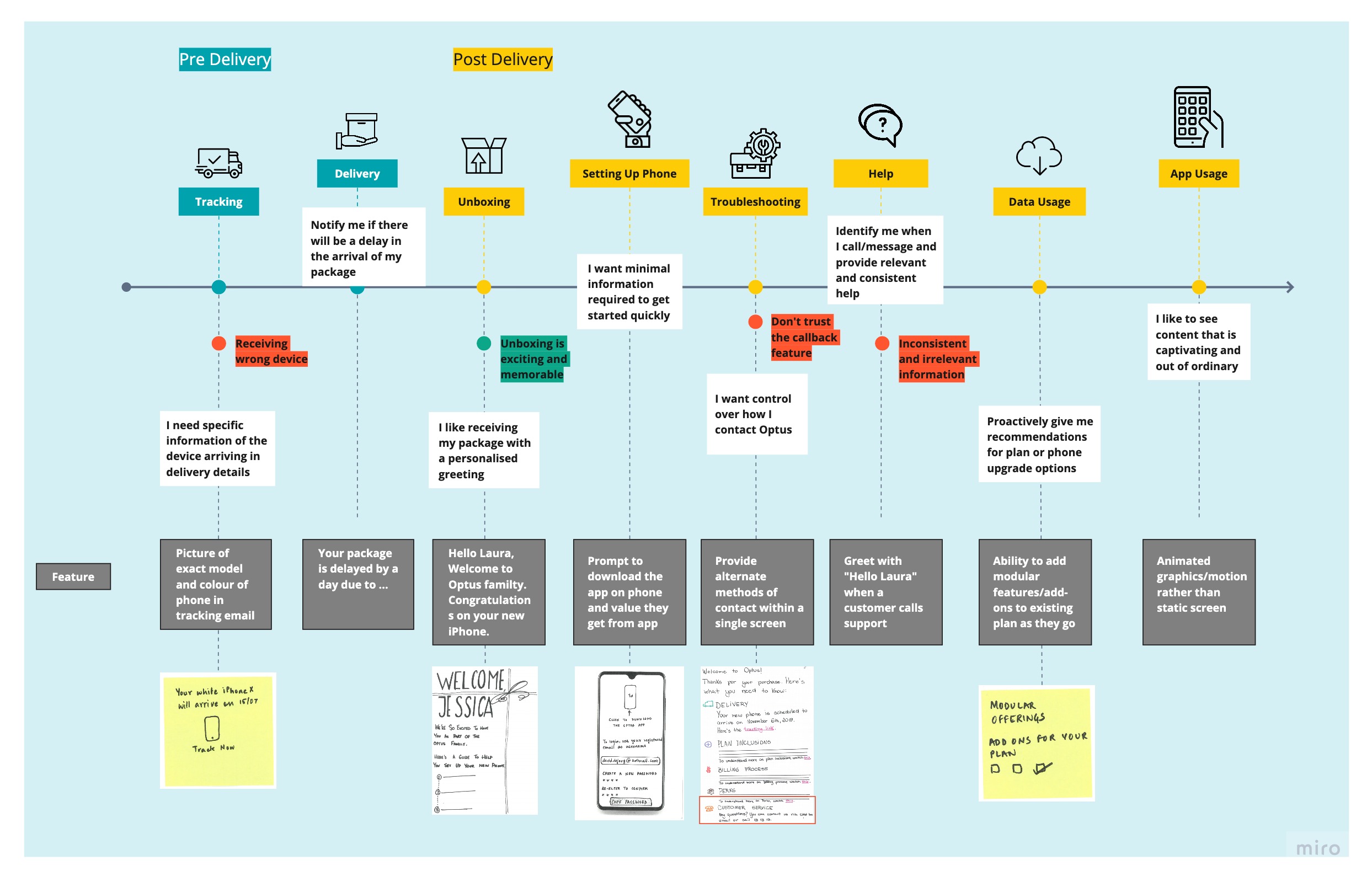
Similarly, focus intently on easing new customers into the platform upon purchase. Profile them upon entry to route to the optimal onboarding path. Offer live walkthroughs and training for larger accounts. Send in-app messages guiding them through recommended workflows.
Onboarding is crucial not only for retention but also expansion revenue. Benchmarks show customers successfully onboarded spend up to 25% more by year two.
Tips for improving trials and onboarding:
- Minimize trial sign-up fields for quick enrollment
- Offer tailored paths by persona with recommended features
- Guide prospects throughout trial via multi-email nurtures
- Assign CSMs to nudge key prospective accounts
- Profile new customers to route them across onboarding
- Conduct training sessions for larger post-sale accounts
- Centralize then segment messaging and nudges
Turn both trials and onboarding into predictable, tailored machines optimized for conversion and retention.
Leveraging Partners, Influencers, and Communities
Beyond direct marketing, partners, influencers, and communities significantly expand your reach. Take advantage of others eager to evangelize great solutions.
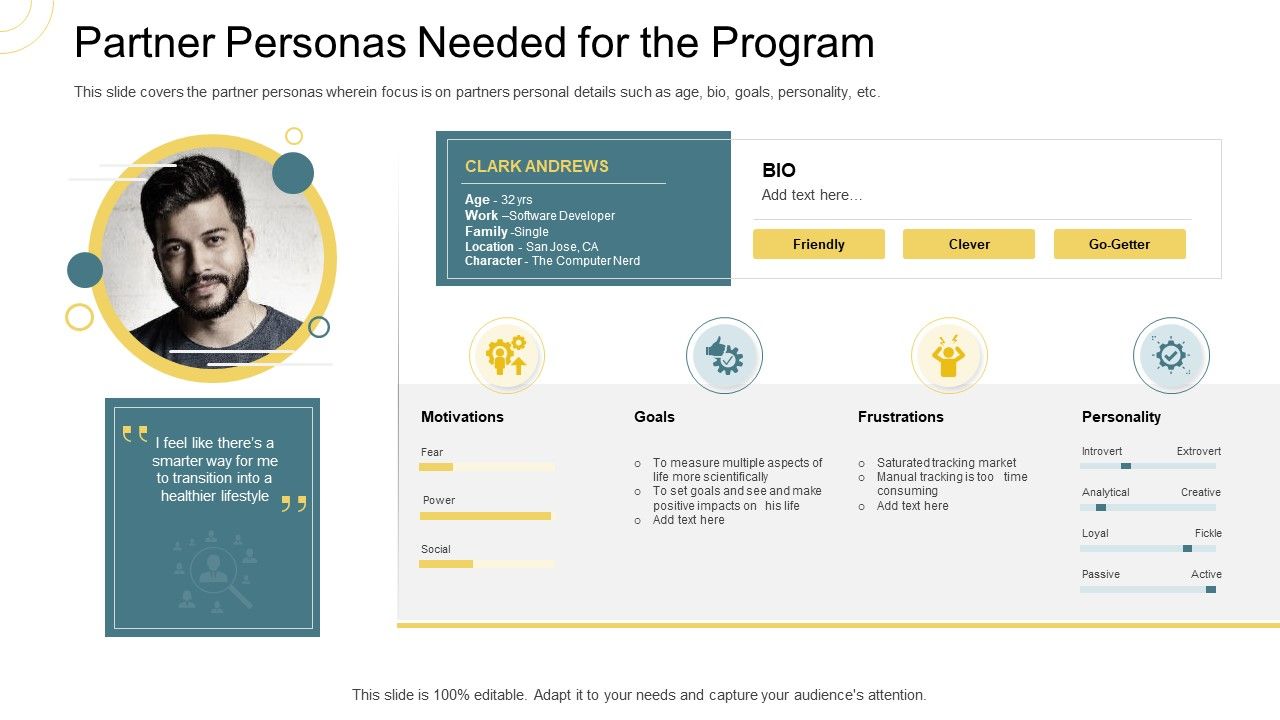
Recruit partners via affiliate programs, reseller partnerships, and integration marketplaces. For affiliates, offer generous commission rates up to 25% lifetime value of referred customers. Provide easily embeddable tracking links and marketing collateral for them to self-serve.
Pitch journalists at both niche publications and mainstream outlets on interesting data points or customer case studies that make compelling stories. Brief analysts at Gartner and Forrester to educate them on your platform. Answer their annual RFPs in exhaustive detail no matter the effort required.

Finally, actively engage brands on social media and cultivate experts across forums and groups. Comment on their content, like their posts, and share news they publish. Establish yourself as a helpful expert rather than a shill for your product.
Whichever avenue, provide useful content and kindness first without hard selling. Focus on building authentic connections that demonstrate your passion for solving customer problems.
Tips for influencer marketing:
- Recruit partners with competitive affiliate terms
- Build relationships with analysts via regular briefings and research support
- Sell interesting narratives to journalists that align with current events
- Comment and share freely to enrich social communities
- Establish authentic connections before any pitches
Leverage others who want to see you succeed. Be helpful and freely share knowledge without expecting direct compensation. The payback from referrals, mentions and introductions will come over time.
Continually Testing and Optimizing Spend
There is no perfect marketing blueprint ensuring success. Each company and product is different. You need to continually test channels, creatives, messages, and offers tailored to your solution.
Build a testing roadmap across platforms assessing effectiveness for your key buyers. For example, compare LinkedIn and Facebook by persona for branded impressions and visits driven. Test various value propositions via paid search to determine which drive more conversions from ads. A/B trial landing pages to increase inbound form completions.

Use multitouch attribution to understand influence across activities. Account-based advertising tracks target companies engaged to measure impact. Referral and UTM links denote orders driven from specific sources. CRM tracks and segments inbound leads by campaign tagged.
Marketing analytics inform optimal spending allocation across initiatives. Platforms demonstrating efficiency and ROI warrant additional budget. Scale back programs showing little pipeline or revenue influence.
Ongoing optimization also applies to product-market fit. Regularly survey users identifying strengths to amplify and weaknesses to address across features, messaging and pricing. Employ NPS metrics to benchmark versus alternatives.
Tips for continual optimization:
- Build an A/B testing roadmap across platforms
- Compare efficiency by channel using multitouch attribution
- Leverage account-based reporting where possible
- Track UTM links, referrals and CRM tagging to denote sourcing
- Tax optimize budget allocation across marketing activities
- Survey users and assess NPS versus competitors
An effective marketing function constantly tests and measures effectiveness across metrics tailored to the sales cycle. Benchmark versus past performance and goals to refine strategy.
Conclusion
Distilling SaaS marketing best practices into a single post inevitably simplifies concepts that could each warrant much deeper dives. Entire books have been written on determining optimal pricing models or building chatbots and I have barely scratched the surface on those topics here.
However, across the hundreds of SaaS clients our agency has advised, these seven areas represent the biggest drivers of efficient acquisition, retention, and expansion. Master market landscape research, value proposition alignment, website, and content structuring, buyer journey engagement, trial and onboarding optimization, community building, and continual quantification of results.
If you nail those elements in a structured fashion tailored to your buyer personas, your SaaS marketing machine will continually refine and improve effectiveness over time. Let me know if you have any other questions on putting these ideas into practice for your organization!







